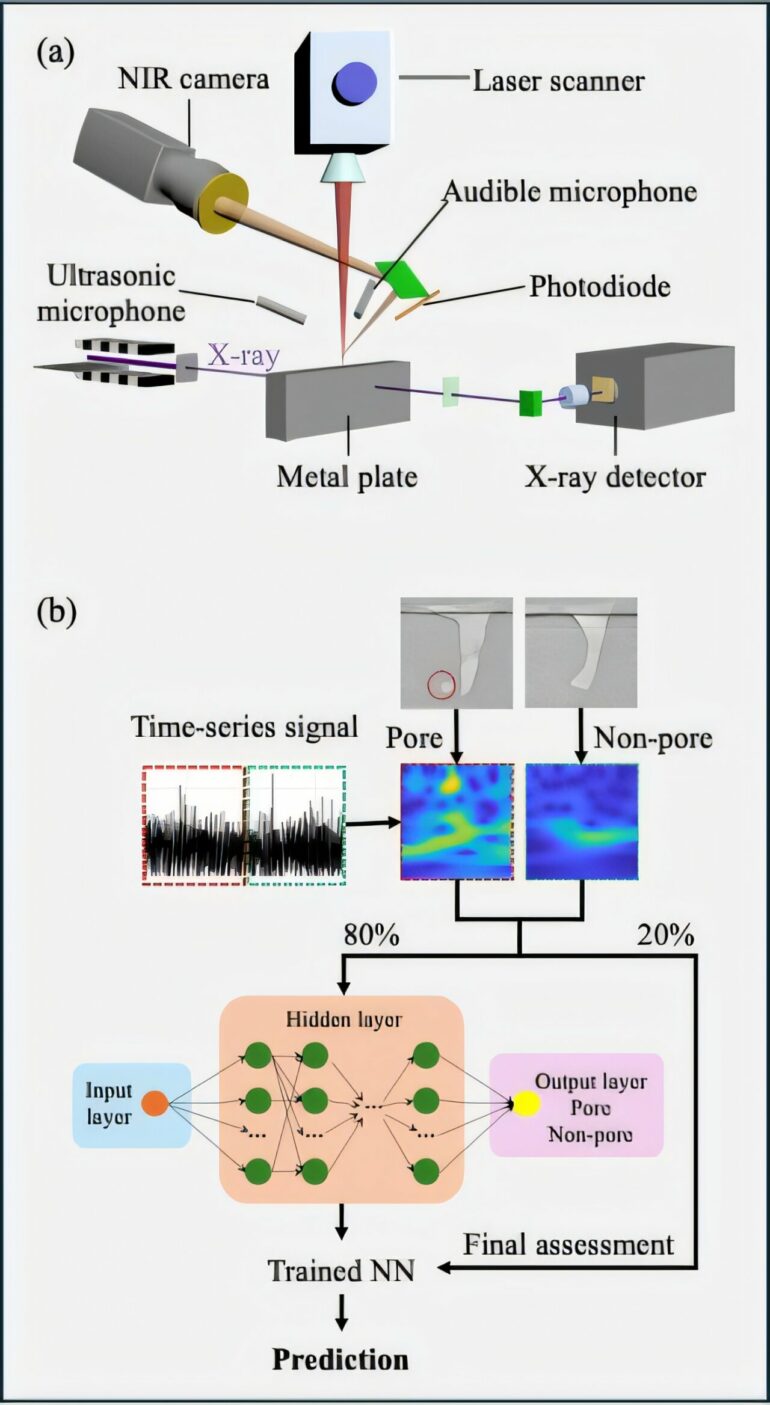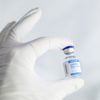Researchers from Northwestern University, University of Virginia, Carnegie Mellon University, and Argonne National Laboratory have made a significant advancement in defect detection and process monitoring for laser powder bed fusion (LPBF) additive manufacturing.
By using accessible sensors (such as microphones and photodiodes), along with machine learning, they achieved over 90% accuracy with a temporal resolution of 0.1 milliseconds in detecting keyhole pore formation. This breakthrough paves the way for intelligent, closed-loop control systems for LPBF and a faster qualification and certification process for metal additive manufacturing parts.
The work has recently been published in the online edition of Materials Futures.
As 3D printing continues to transform manufacturing, particularly in high-stakes fields like aerospace, defense, and energy, ensuring the quality of printed parts is crucial. One major challenge in metal 3D printing, specifically in LPBF, is the formation of microscopic defects known as “keyhole” pores. These pores can significantly weaken parts and reduce their service life, making them unsuitable for demanding applications. Detecting these defects in real-time during the printing process has been challenging due to the speed and complexity of LPBF technology.
To address this challenge, the researchers developed an innovative, machine learning-based approach that uses simple light and sound sensors to monitor the printing process and accurately detect when and where keyhole pores form. The core of this approach lies in measuring the oscillations of the keyhole—a vapor depression formed in the melt pool during printing.
High-speed synchrotron X-ray imaging was used to establish a precise “ground truth,” which helped train the machine learning model to recognize conditions that lead to pore formation. Remarkably, the model achieved over 90% accuracy in detecting defects with a temporal resolution as short as 0.1 milliseconds.
The potential impact of this technology is substantial. With this approach, manufacturers could detect defects during the printing process, allowing for adjustments or pauses to prevent the production of flawed parts. This capability not only reduces the time and cost associated with post-production inspections and repairs but also helps maintain the high quality required in applications where safety is paramount.
Looking forward, the researchers are focused on making this technology more accessible and scalable for widespread use. Future work will aim to further improve the accuracy of the method by integrating additional sensors. While this study achieved high accuracy in single-track laser melting experiments, future efforts will extend this approach to 3D part builds, including analyzing pore movements within the melt pool and assessing pore removal during repeated melting cycles.
More information:
Zhongshu Ren et al, Sub-millisecond keyhole pore detection in laser powder bed fusion using sound and light sensors and machine learning, Materials Futures (2024). DOI: 10.1088/2752-5724/ad89e2
Provided by
Songshan Lake Materials Laboratory
Citation:
Machine learning enhances defect detection in metal 3D printing (2024, October 28)



